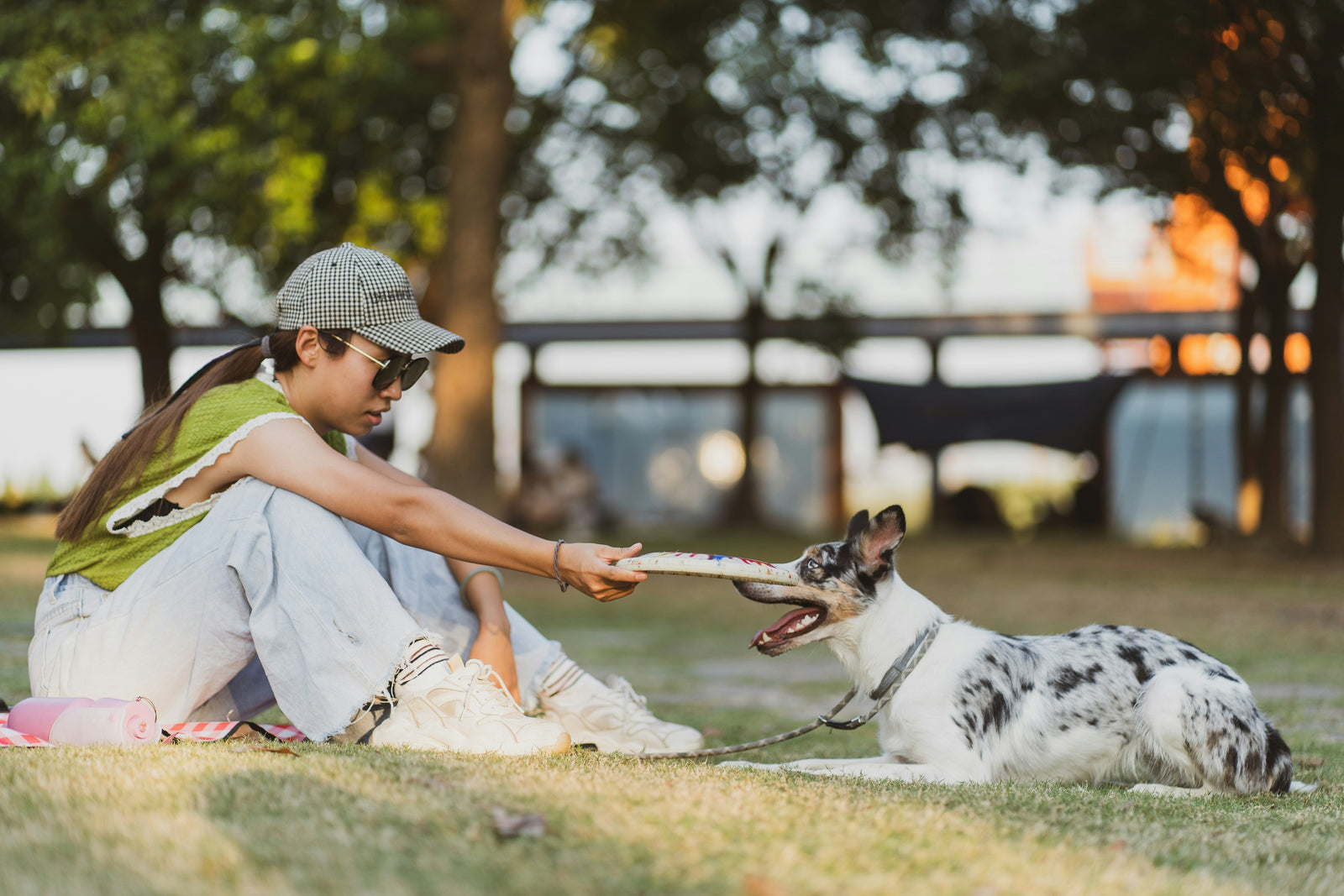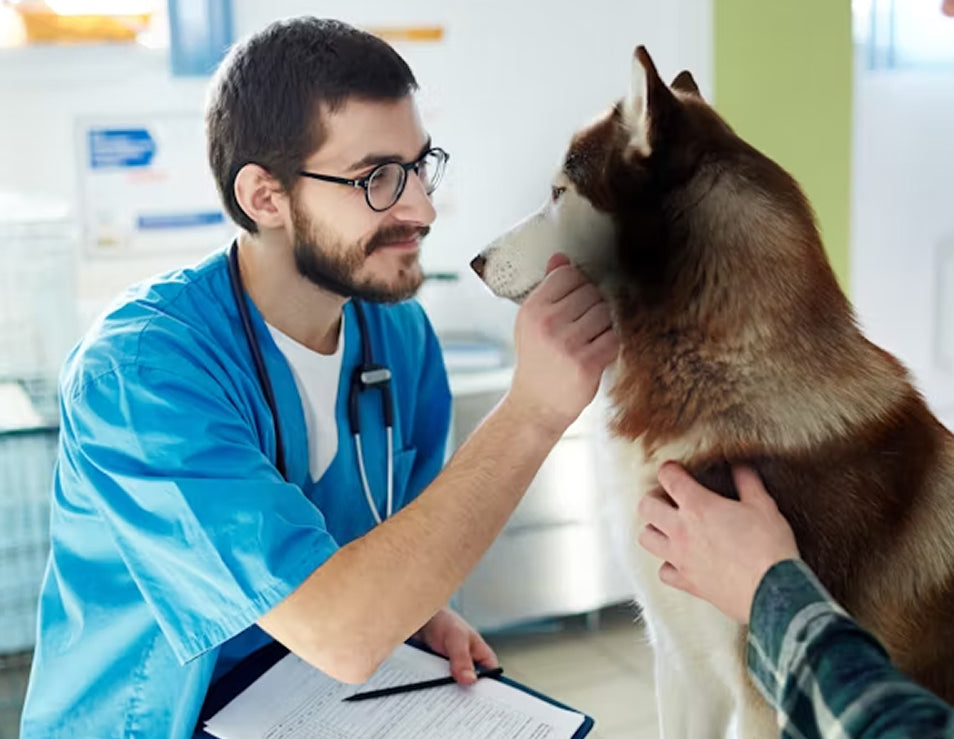Understanding your dog’s cognitive strengths can make training more effective—and a lot more fun.
Some dogs seem born ready to please, while others act like your commands are polite suggestions at best. Some pick up “sit” after a few tries, while others tilt their heads, blink, and need a week of practice before it sticks. There’s teacher’s pets in puppy class, and the class clowns too. Every dog owner knows that pups learn at their own pace, and these differences aren’t just about personality—they also have roots in biology. Just as certain genetic mutations can predispose dogs to health conditions, others can shape cognitive traits like memory, reasoning, and trainability.
Scientists have identified three specific genetic variants tied to differences in cognition: trainability (EML1), memory (U6 snRNA), and physical reasoning (OR52E2). These findings don’t predict intelligence in an absolute sense, but they can help explain why your Border Collie loves puzzle toys, or why your Lab needs extra practice to remember “stay.”
1. Trainability: The Art of Impulse Control
When trainers talk about trainability, they often mean a dog’s ability to focus and resist impulses. It’s what allows a dog to “leave it” when a chicken bone hits the floor. Genetically, the EML1 gene has been linked to inhibitory control—the ability to override instinct and follow a command. Dogs with certain variants here may be more naturally inclined to pause, process, and respond in ways that humans approve of. Think of a Golden Retriever waiting patiently before diving into a food bowl versus another who can’t resist snatching a sock from the laundry pile.
For impulsive dogs, this doesn’t mean training is a lost cause. It simply means success comes with consistency, patience, and rewards that make listening worth their while. Food puzzles, clicker training, and structured play sessions all give these pups the reinforcement they need to stay engaged.
2. Memory: Building Blocks of Learning
Memory in dogs isn’t about recalling yesterday’s walk route; it’s about retaining and recalling learned behaviors. Sit, stay, come, heel—these are all rooted in a dog’s ability to hold onto patterns and cues.
The U6 snRNA variant has been associated with lower memory scores in some dogs. Practically, this might mean that your pup needs more repetition to make commands stick. For example, a Beagle with a lower memory score may need many short, consistent training sessions before “down” becomes second nature.
The good news: memory can be strengthened over time. Frequent, bite-sized practice sessions (rather than marathon lessons) are more effective. Pairing commands with strong rewards—treats, toys, or praise—helps lock the behavior into long-term memory. Even if your dog takes longer to learn, they can still master complex skills with steady reinforcement.
3. Physical Reasoning: Nose Leads the Way
Dogs don’t just think with their brains—they think with their noses. Physical reasoning refers to how dogs understand the world around them: problem-solving, spatial awareness, and cause-and-effect.
The OR52E2 gene codes for an olfactory receptor tied to scent recognition, and some studies suggest a link between this receptor and reasoning skills. A dog with a favorable variant here may excel at connecting smells with outcomes. These skills shine in scent-based work. Search-and-rescue dogs, detection dogs, and even backyard “hide and seek” champions are all tapping into their natural ability to connect smell, environment, and action. For owners, giving these dogs mentally stimulating games—snuffle mats, treat puzzles, or tracking exercises—keeps them sharp and satisfied.
For owners, the takeaway is simple: meet your dog where they are. Whether that means extra practice for memory, creative outlets for reasoning, or steady reinforcement for impulse control, embracing your dog’s learning style makes training more effective—and a lot more fun.
_______________________________
Just like humans, dogs need quality sleep to stay healthy and happy. Read more about the science of dog sleep



